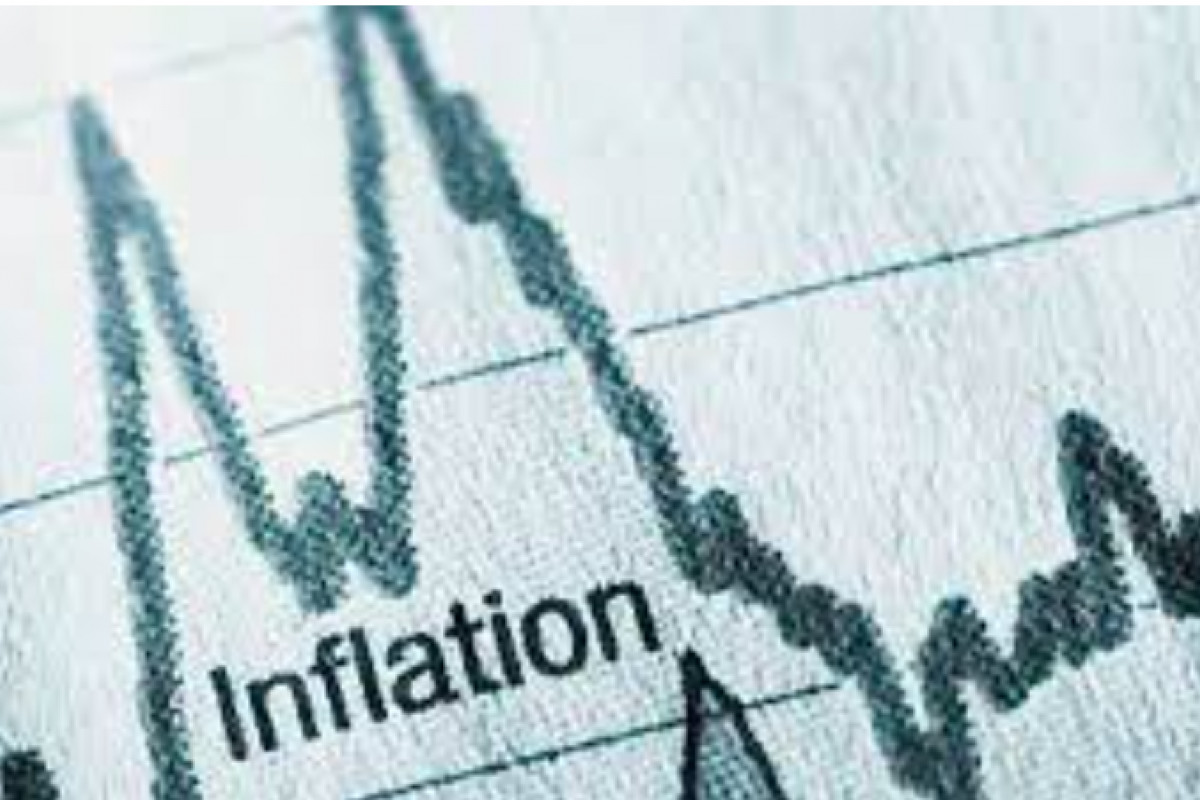Zimbabwe's inflation rate saw a significant spike in January, reflecting pressures from rising food and housing costs, with notable increases both in U.S. dollar and local currency terms.
In U.S. dollar terms, inflation surged to 14.6% year-on-year in January, up from just 2.5% in December, marking a sharp acceleration in the cost of living. On a local currency basis, inflation jumped 10.5% month-on-month in January, a considerable rise compared to a 3.7% increase in December, according to data released by Zimbabwe’s national statistics agency on Tuesday. This surge signals deepening economic challenges, as consumer prices continue to climb.
Economists suggest that a combination of factors is driving this inflationary spike. Among the key drivers, the devastating regional drought experienced last year continues to wreak havoc on agricultural production, leading to a sharp rise in food prices. Additionally, new taxes introduced at the start of January are further exacerbating the cost of living, as businesses pass on the increased expenses to consumers. The new taxes are substantial, and businesses will likely pass much of the burden onto consumers. With the ongoing drought, inflation will continue to rise, particularly as the next harvest season approaches, which could provide some relief. Until then, inflationary pressures are expected to persist.
This year, Finance Minister Mthuli Ncube introduced several new taxes in his budget, including a 0.5% tax on fast food and a 10% tax on all sports betting proceeds, both of which came into effect this month. These measures, aimed at raising government revenue, are expected to impact household budgets as the cost of goods and services rise.
Zimbabwe introduced a new gold-backed currency in April 2024 in an effort to stabilize the economy and reduce reliance on the U.S. dollar. However, the currency was sharply devalued just months after its launch in September, undermining its credibility and further fueling inflation. As a result, foreign currencies like the U.S. dollar remain the dominant medium of exchange for everyday transactions in the country, with businesses and consumers continuing to prefer the dollar for stability.
The rising inflation and currency instability come amid an already difficult economic climate in Zimbabwe, where high unemployment, a fragile agricultural sector, and persistent power shortages have compounded the nation’s struggles. Experts warn that the country may face further challenges in the coming months as it grapples with drought-induced food shortages and a fragile financial system.
Zimbabweans are feeling the strain, as everyday essentials like food, fuel, and utilities become increasingly unaffordable for many households. With wages failing to keep pace with inflation, the gap between income and living costs is widening, leaving many in the country struggling to make ends meet. As the government looks to manage these mounting economic challenges, inflation control and currency stabilization remain urgent priorities. However, with the ongoing impacts of drought and the volatility of the Zimbabwe Gold currency, it remains unclear when the country’s economy will see meaningful improvement.

